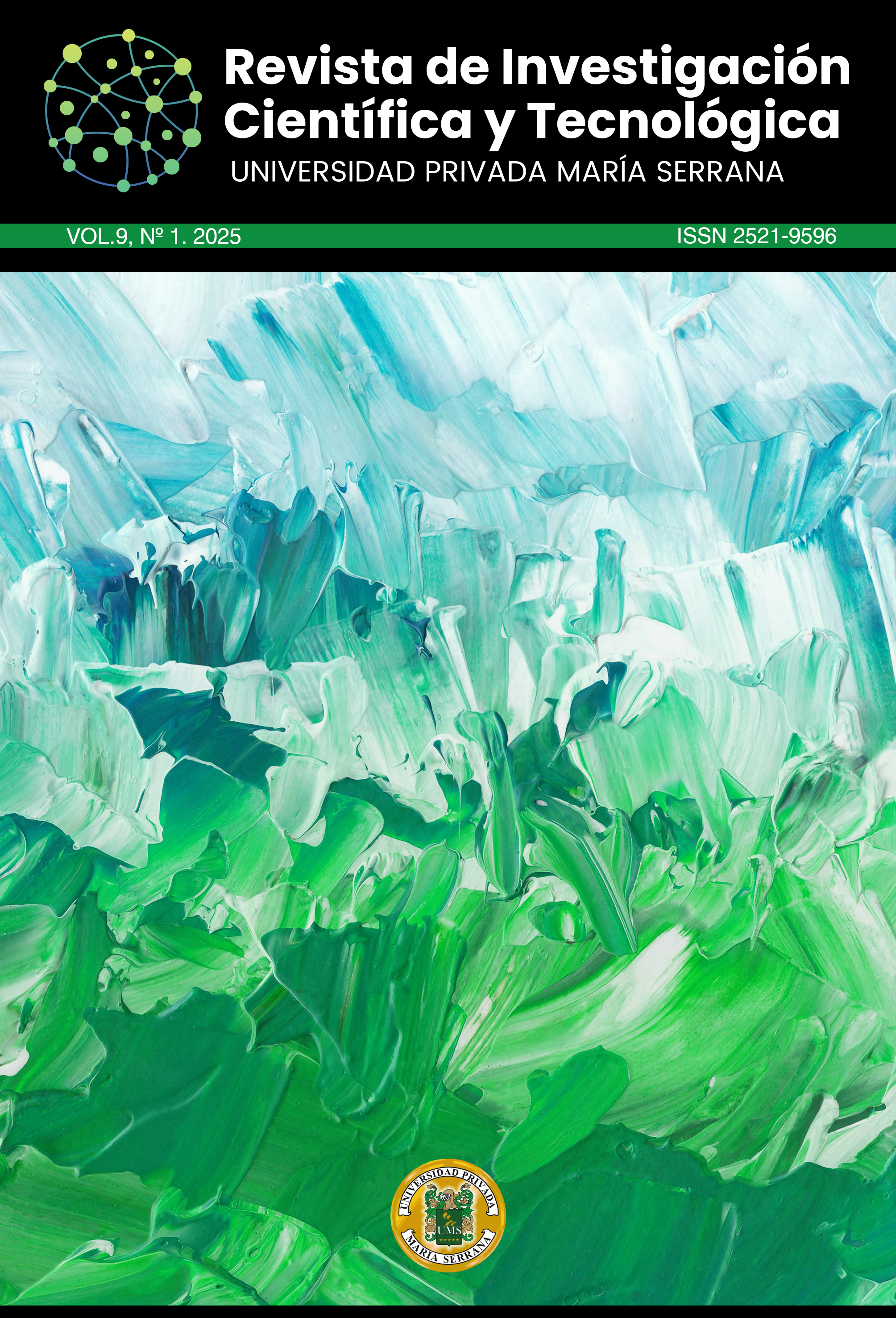Abstract
Introduction: COPD is a progressive and prevalent disease that significantly affects quality of life. Although it has no cure, it is treatable through appropriate treatment, education, and rehabilitation, allowing patients to improve symptoms and reduce associated risks. Objective: To describe the perceived effectiveness of strength training as a therapeutic method in the rehabilitation of people with COPD. Materials and Methods: This quantitative, cross-sectional descriptive study collected data once to evaluate treatment effectiveness in patients diagnosed with COPD. The sample included 30 people in physical-therapy rehabilitation, aged 30–70 years. A questionnaire covered personal variables, endurance in daily-living and physical activities, sedentary lifestyle, dyspnea, and oxygen saturation. Results: Treatment adherence and a positive perception of its effectiveness were evident. More than 50 % reported significant habit changes, symptom reduction, and improved physical endurance during exercise and daily activities after rehabilitation. Conclusion: Participants were committed to their treatment, showing a positive trend toward better quality of life. However, continued educational, physiotherapeutic, and sustained interventions are essential to reduce risk factors and promote long-term healthy habits.
References
Avenza, J. M. (2015). Mantenimiento de los efectos producidos por la rehabilitación pulmonar en pacientes con EPOC: Una revisión sistemática de literatura. MHSalud, 12(1), 18–35. https://doi.org/10.15359/mhs.12-1.2
Bastidas Goyes, A., Tuta Quintero, E., & Hincapié Díaz, G., et al. (2021). Correlación y concordancia entre el valor de metros caminados durante la caminata de seis minutos realizada en corredor y banda estática no motorizada. Gaceta Médica de Caracas, 129(3), 553–561. https://doi.org/10.47307/GMC.2021.129.3.4
Betancourt Peña, J., Ávila Valencia, J. C., Muñoz Erazo, B. E., et al. (2020). Efectos de la rehabilitación pulmonar sobre calidad de vida y tolerancia al esfuerzo. Universidad y Salud, 22(2), 65–157. https://doi.org/10.22267/rus.202202.187
Betancourt Peña, J., Santibáñez Hernández, D., Caro Jiménez, M. M., et al. (2022). Rehabilitación pulmonar y componente educativo individual/grupal con seguimiento telefónico en pacientes con enfermedad pulmonar obstructiva crónica (EPOC). Respirar, 14(4), 210–214. https://doi.org/10.55720/respirar.14.4.4
Campos, A. A., Cabrera, R. O., & Arancibia, H. F. (2015). Rehabilitación respiratoria en pacientes con EPOC: Experiencia en atención primaria de salud. Revista Chilena de Enfermedades Respiratorias, 31(2), 77–85. https://doi.org/10.4067/S0717-73482015000200002
Cebollero, P., Zambom Ferraresi, F., Hueto, J., et al. (2021). Efectos de realizar actividad física en la función muscular en EPOC. Revista Internacional de Medicina y Ciencias de la Actividad Física y del Deporte, 21(82), 389–401. https://doi.org/10.15366/rimcafd2021.82.012
Healthychildren.org. (2015, 21 noviembre). Entrenamiento de la fuerza. American Academy of Pediatrics. https://www.healthychildren.org/Spanish/healthy-living/sports/Paginas/Strength-Training.aspx
Heredia, R. A., Fernández Sánchez, M. J., & Celis Preciado, C. A., et al. (2024). Salud y longevidad: Beneficios de la rehabilitación pulmonar en tolerancia al ejercicio y calidad de vida en ancianos con EPOC. Med, 46(1), 45–56. https://doi.org/10.56050/01205498.2328
Jiménez, S. J., Ugas, V. D., & Rojas, D. C. (2017). Efectos de un programa de rehabilitación pulmonar con énfasis en el entrenamiento de la musculatura respiratoria y actividades recreativas en pacientes con EPOC. Revista Chilena de Enfermedades Respiratorias, 33(2), 85–90. https://doi.org/10.4067/S0717-73482017000200085
León Alcolea, L. (2021). Entrenamiento de la musculatura inspiratoria (IMT) en pacientes con enfermedad pulmonar obstructiva crónica: Revisión bibliográfica [Tesis de grado, Universidad Miguel Hernández de Elche]. https://hdl.handle.net/11000/25707
Mangeaud, A., & Elías Panigo, D. H. (2018). R-Medic: Un programa de análisis estadísticos sencillo e intuitivo. Revista Methodo, 3(1), 18–22. https://doi.org/10.22529/me.2018.3(1)05
Organización Mundial de la Salud. (2023, 16 marzo). Enfermedad pulmonar obstructiva crónica (EPOC). https://www.who.int/es/news-room/fact-sheets/detail/chronic-obstructive-pulmonary-disease-(copd)
Paz Fernández, E., López García, A., & González Doniz, L., et al. (2015). Efectos de la rehabilitación pulmonar de corta duración en pacientes con EPOC. Fisioterapia, 37(5), 246–256. https://doi.org/10.1016/j.ft.2014.10.003
Pochetti, J., Ponczosznik, D., & Filártiga Rojas, P., et al. (2018). Entrenamiento de la fuerza en niños y adolescentes: Beneficios, riesgos y recomendaciones. Archivos Argentinos de Pediatría, 116(6), 82–91
Rivera Motta, J. A., Tonguino Rosero, S., Muñoz Erazo, B. E., et al. (2023). Comparación de dos estrategias educativas para pacientes con EPOC durante la rehabilitación pulmonar. Salud UIS, 55. https://doi.org/10.18273/saluduis.55.e:23032
Sánchez Martínez, M. P., Bernabeu Mora, R., García Vidal, J. A., et al. (2019). Estructura y propiedades métricas de un cuestionario para medir discapacidad en las actividades de movilidad en pacientes con enfermedad pulmonar obstructiva crónica (cuestionario DIAMO-EPOC). Rehabilitación, 53(4), 232–239. https://doi.org/10.1016/j.rh.2019.07.001

This work is licensed under a Creative Commons Attribution 4.0 International License.






